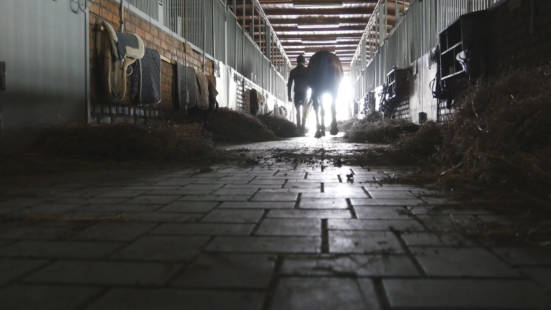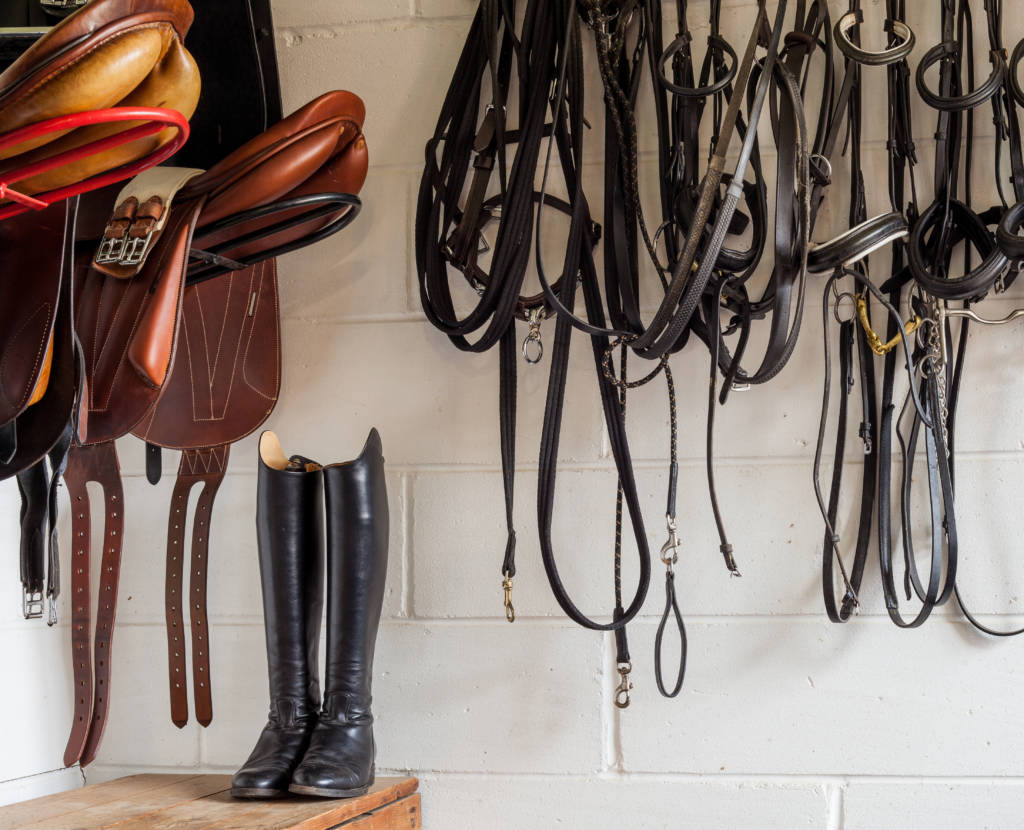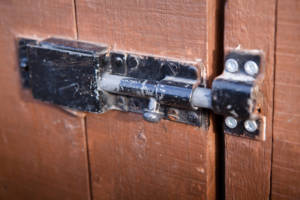Monday 8th January, 2018

A New Year can inspire us to do so many things, from trying a new sport to starting a new business. If your dream for 2018 is to run your own livery yard then you are going to need to do your homework. The equestrian industry is a competitive one, and the top livery yards offer so much more than just shelter and grazing. They provide bespoke stable blocks, designated feed rooms, secure tack storage and 24-hour surveillance as standard. If you want to build your own livery yard this year, read our top three things to consider when designing sought-after stables.

When designing your yard, you need to decide which services you are going to provide. Will you offer a full livery service where you and your team manage all aspects of equine care and exercise? Or are you looking to provide a DIY service, where horse owners simply rent the use of your facilities? For those wishing to offer specific services to clientele such as trainers, chiropractors and breeders, the yard layout is going to be very important. Foaling mares need large stalls away from the hustle and bustle of a busy yard, whereas recuperating horses will benefit from the constant activity to reduce stable boredom. If your yard will have horses staying for short durations, then consider bespoke internal stables that have easy to clean grills and rubber matting allows full disinfection between occupants.

When accommodating several horses in livery, you need to consider the storage of their equipment. Tack rooms are often considered a ‘nice to have’ in a private stable block, but when offering paid livery to multiple horses, they are essential. During the stable design phase, pay close attention to the size and layout of your storage. Feeding and grooming equipment, plus rugs and tack for each horse will need to be kept separately, so consider how you will store these items and how many you can fit into your design.

Yard owners are not ultimately responsible for the horses on their premises, however, they should take significant steps to provide a secure environment. Locked entry gates, locked storerooms and floodlights are standard stable security measures to protect both horses and their tack. If you accommodate high-value horses, then further measures such as CCTV surveillance and alarm systems must be implemented.